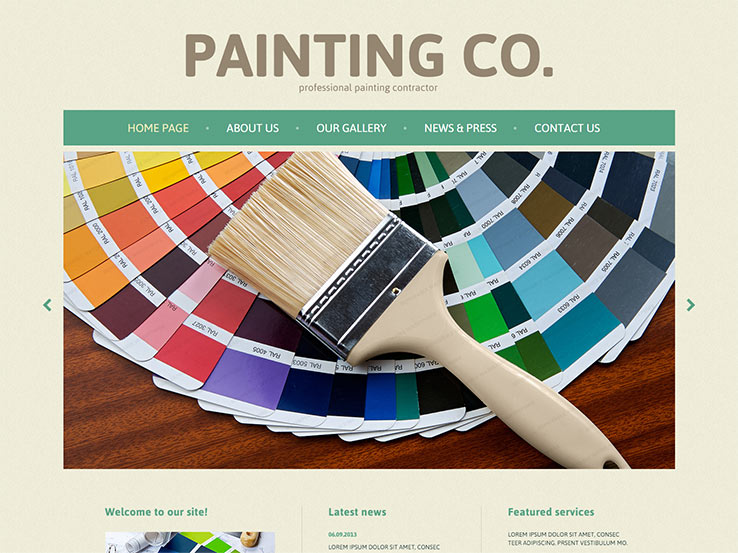Seasonal Factors To Consider For Industrial Exterior Paint: What You Need To Know
Seasonal Factors To Consider For Industrial Exterior Paint: What You Need To Know
Blog Article
Content Author-Regan Whalen
When you're intending a commercial external painting project, seasonal elements can make or damage your results. You'll wish to consider how temperature level and moisture effect paint application and drying out times. Picking the ideal period can ensure your paint sticks appropriately and lasts much longer. However which periods are really the best for this kind of job? Allow's check out the key elements that can affect your project's success.
The Effect of Temperature on Paint Application
When you're intending a business exterior painting task, the temperature can considerably affect exactly how well the paint adheres and dries out.
Preferably, you intend to paint when temperature levels vary in between 50 ° F and 85 ° F. If it's too cool, the paint might not heal effectively, leading to concerns like peeling or cracking.
On the other side, if it's too warm, the paint can dry too swiftly, stopping proper bond and leading to an unequal finish.
You should likewise take into consideration the moment of day; morning or late afternoon offers cooler temperature levels, which can be a lot more beneficial.
Always check the producer's suggestions for the specific paint you're making use of, as they often give assistance on the excellent temperature range for optimum results.
Humidity and Its Result on Drying Times
Temperature isn't the only environmental variable that affects your commercial outside paint job; moisture plays a considerable role as well. High moisture degrees can decrease drying times dramatically, impacting the total top quality of your paint work.
When the air is saturated with wetness, the paint takes longer to cure, which can bring about issues like inadequate attachment and a greater risk of mildew growth. If you're repainting on a particularly humid day, be gotten ready for prolonged delay times in between coats.
It's vital to keep track of neighborhood weather conditions and plan appropriately. Ideally, aim for moisture levels in between 40% and 70% for optimum drying out.
Keeping these factors in mind ensures your task remains on track and delivers a lasting finish.
Best Seasons for Commercial Outside Paint Projects
What's the very best time of year for your commercial exterior painting projects?
Spring and early loss are generally your best options. During these periods, temperature levels are mild, and moisture degrees are often reduced, producing suitable problems for paint application and drying out.
https://jasperkwhsb.blog-gold.com/43765127/on-the-quest-for-a-fresh-make-over-for-your-home-uncover-the-secrets-to-choosing-the-ideal-paint-shades-and-preparing-your-space-for-a-makeover , which can cause paint to completely dry as well quickly, causing bad attachment and surface. Likewise, winter months's cool temperatures can hinder appropriate drying out and curing, taking the chance of the longevity of your paint task.
Go for continue reading this with temperature levels between 50 ° F and 85 ° F for optimum outcomes. Remember to inspect the regional weather report for rain, as damp problems can spoil your task.
Planning around these elements ensures your painting job runs smoothly and lasts longer.
Final thought
Finally, planning your industrial outside paint tasks around seasonal considerations can make a significant distinction in the end result. By organizing work throughout the optimal temperature levels and moisture degrees, you'll make certain much better bond and drying times. Remember to keep an eye on regional weather report and pick the correct time of year-- spring and early loss are your best choices. Taking these steps will certainly aid you achieve a long lasting and professional surface that lasts.
